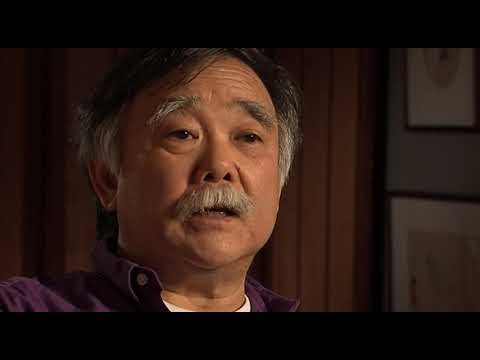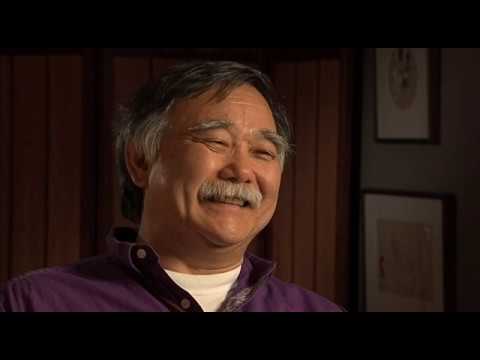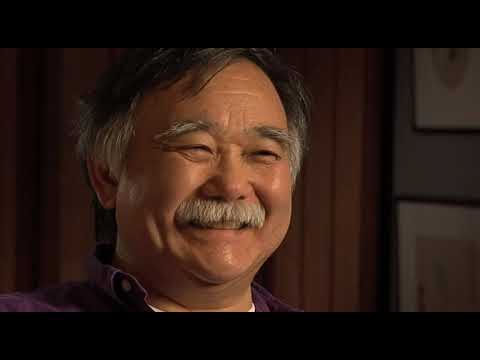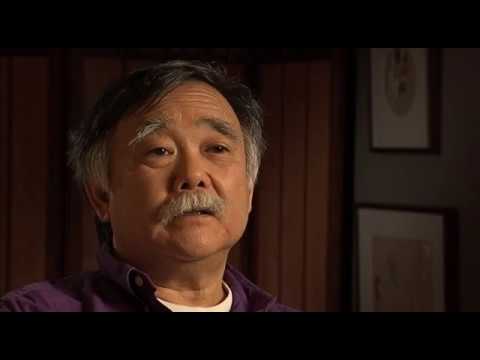Why BI first, why cooperated – Frank Kitamoto (OH0043)
Transcript
I haven’t seen anything officially on why we were chosen but I would speculate that it was because… I think the official reason was because Boeing’s on one side and the Bremerton Naval Shipyard was on the other side and, and probably a lot of other military installations like at Keyport and stuff were around. And I think that was a reason for doing that, but I really think the other thing that expedited that was because we were isolated. You know, we were island, we didn’t… the only way you can get off the island would be by ferry. We didn’t have the bridge in those days. So it became real easy for the army to isolate us and to kind of use us as a practice run to see how people would react to something like this. If they came in to force us off the island, whether we’d be violent or whether we would cause problems or protest or whatever. And since we went without any of that going on, then I think that kinda set the pace for, for them to do things. I know when I was at the National Archives, there was some articles or papers that I found over there that said, from the U.S. Army that were sent to the… they said, “Next time you do this, don’t use your fixed bayonets because it doesn’t look good,” was what the, what the letter said. So I don’t think they knew what to expect when they came to the island.
Our parents, especially my mother, they kinda saw it as, as focusing most on the children and protecting them. Having them not have a bad experience, trying to make it like routine and like it was something that was just happening and didn’t have the impact socially or, or racially or any of those kind of things. So they spent most of their time, I think, trying to make things as normal as they could and, and didn’t really talk to us about the injustice or, or the things that they had to sacrifice by going through this. And of course my dad wasn’t around, so I don’t, I didn’t hear what he had to say. But I think my mom’s main focus was just to make sure us four kids were, were okay. And I know it was probably very scary for them.
I think in a lot of ways they felt really helpless. I mean, this was… nothing like this had occurred before. And certainly the Watts riots hadn’t happened and no one had really protested. And I’m sure they would have thought they would have been shot if they, if they protested. At the same time, I think the decision to — excuse me — to go cooperatively has a lot to do with Japanese culture. Because in the Issei culture in Japan, if you question authority, it’s shameful. Because then you’re implying that your leaders are not knowledgeable enough or aren’t good enough people to be your leaders. What you’re saying is, if you protest against what they’re doing and question them, you’re saying, “You shouldn’t be our leader.” And that’s, and that would have been a shameful thing to do. So I think in a lot of ways it was very hard for Isseis to protest, and I think most of the people that did protest were probably second–generation Nisei that, that either refused to go in the army or, or to be drafted and so forth. I think there were very few Issei that were, that would have been demonstrative or would have been violent about that.





